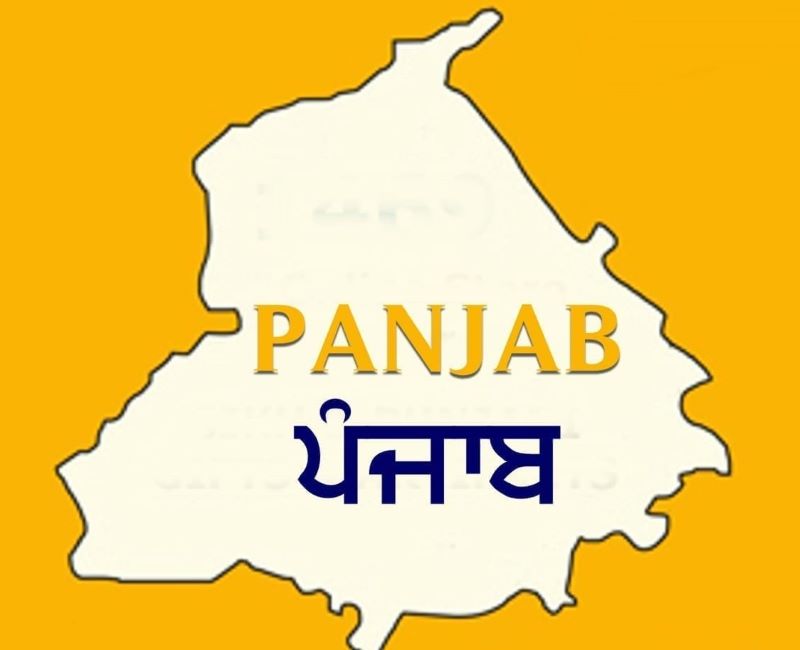 This article highlights a serious fiscal crisis facing Punjab. The state plans to borrow ₹5,093 crore during the October-December 2025 quarter through market loans, which is part of a larger ₹23,000 crore borrowing target between April and December 2025. The funds will be raised through the sale of state securities auctioned by the central bank, with bonds having tenures of 12 years or more and re-issuance of existing state development loans through the Reserve Bank’s core banking system, E-Kuber.
This article highlights a serious fiscal crisis facing Punjab. The state plans to borrow ₹5,093 crore during the October-December 2025 quarter through market loans, which is part of a larger ₹23,000 crore borrowing target between April and December 2025. The funds will be raised through the sale of state securities auctioned by the central bank, with bonds having tenures of 12 years or more and re-issuance of existing state development loans through the Reserve Bank’s core banking system, E-Kuber.
The borrowing breakdown shows a staggered approach across the quarter. In October, the state will borrow ₹1,500 crore, followed by another ₹1,500 crore in November, and finally ₹2,093 crore in December. This mounting debt is pushing Punjab’s total debt liability to an alarming ₹4.17 lakh crore by March 31, 2026, representing approximately 46% of the state’s projected Gross State Domestic Product (GSDP).
This debt level is significantly concerning because it exceeds the 3% net borrowing ceiling prescribed by the 15th Finance Commission. The state’s projected GSDP for 2025-26 is ₹8.90 lakh crore, and the net borrowing ceiling at 3% of projected GSDP amounts to ₹24,910 crore. While the state has received extended permissions to borrow above this ceiling due to meeting certain performance criteria in the power sector, the trajectory remains troubling.
Punjab has already borrowed ₹15,326 crore between April and August 2025, with an additional ₹4,400 crore approved last month. According to a Union finance ministry communication to the state government regarding annual borrowing ceiling guidelines, the borrowing is technically within prescribed limits and has the approval of both the central government and the RBI. The net borrowing ceiling covers various types of loans including open market borrowings, negotiated loans from financial institutions, National Small Saving Fund loans, and other forms of debt.
The state has faced multiple fiscal shocks in recent years that have contributed to this crisis. Punjab was devastated by the worst floods in nearly four decades, followed by rate cuts in goods and services tax. Officials estimate that GST rate rationalization has impacted collections by around ₹8,000 crore. These challenges have compounded the state’s financial difficulties and limited its ability to generate sufficient revenue.
Despite the technical approvals and permissions, the rising borrowings have sparked significant political concern over Punjab’s growing debt liability. The demand for a white paper on the state’s financial situation reflects the urgent need for transparency and a clear roadmap for fiscal recovery. Punjab is already among the most indebted states in the country, and without course correction, the state risks sliding toward a financial emergency that could severely impact public services and development.
Skip to content
Top New World+